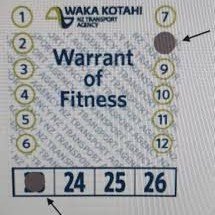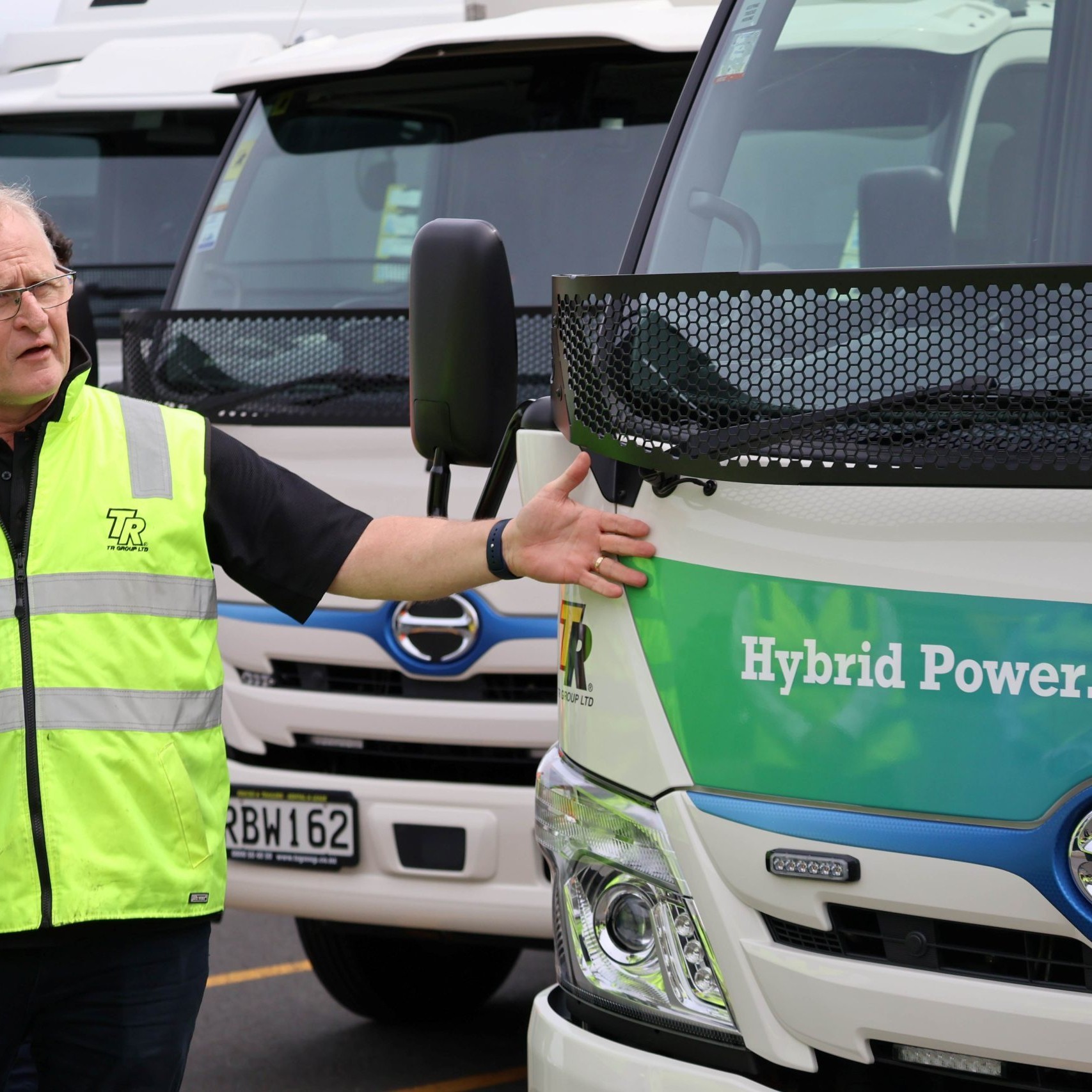
The NZ Transport Agency has announced that it will begin operating – and enforcing – its first average speed camera in December, on Matakana Road in Warkworth, Auckland.
Average speed cameras work by calculating a vehicle’s speed along a length of road between two cameras placed at either end. They measure the time a vehicle takes to travel between the two cameras and calculate the average speed. Drivers only receive a ticket if their average travel speed between the two cameras is over the applicable speed limit.
According to NZTA, these cameras can distinguish between light and heavy vehicles, and so on 100km/h and 110km/h roads, the speed limit trucks will be measured against is 90km/h, rather than the posted limit.
Each site will have ‘average speed camera area’ signs placed before each camera. On longer stretches of road, drivers will see supplementary ‘average speed camera area’ signs along the way. These signs are a reminder to drivers to check their speed and slow down if needed.
The NZTA says international experience suggests the average speed cameras could reduce deaths and serious injuries on suitable roads in NZ by about 48%, and that the roads they’ll be used on have been chosen because there is a risk of people being killed or seriously injured if they’re speeding.
Over the next year, NZTA will roll out another 16 sets of average speed cameras nationwide. Those locations are:
Northland:
- Kaitaia–Awaroa Road
Auckland:
- Matakana Road
- East Coast Road
- Kahikatea Flat Road
- Glenbrook Road (East)
- Glenbrook Road (West)
- Whitford Road
- Pine Valley Road
Waikato
- SH2 Pōkeno – Mangatāwhiri
Bay of Plenty
- SH2 Matatā
- SH5 Tumunui
Hawke’s Bay
- SH2 Te Hauke to Pakipaki
Manawatū-Whanganui
- SH1 Sanson to Foxton
Wellington
- SH2 Te Mārua to Brown Owl
Canterbury
- SH8 Twizel to Lake Tekapo (4 cameras)
Otago
- SH1 Allanton to Waihola
Southland
- SH6 Kingston to SH97 Five Rivers
- More information and the dates these sites will go live are on the NZTA website here: https://nzta.govt.nz/safety/driving-safely/safety-cameras/about-safety-cameras/fixed-safety-camera-locations/new-average-speed-safety-camera-sites





